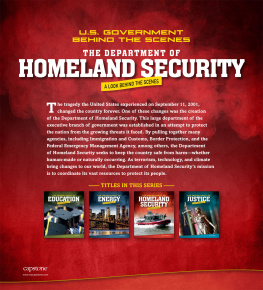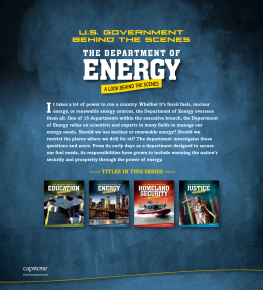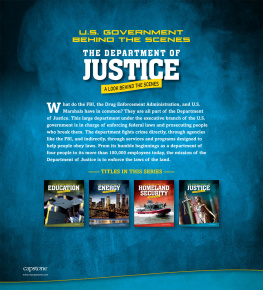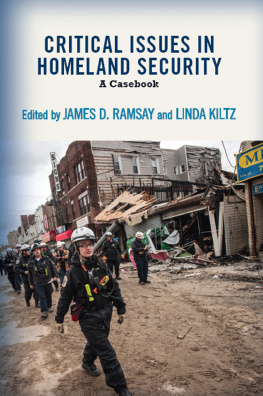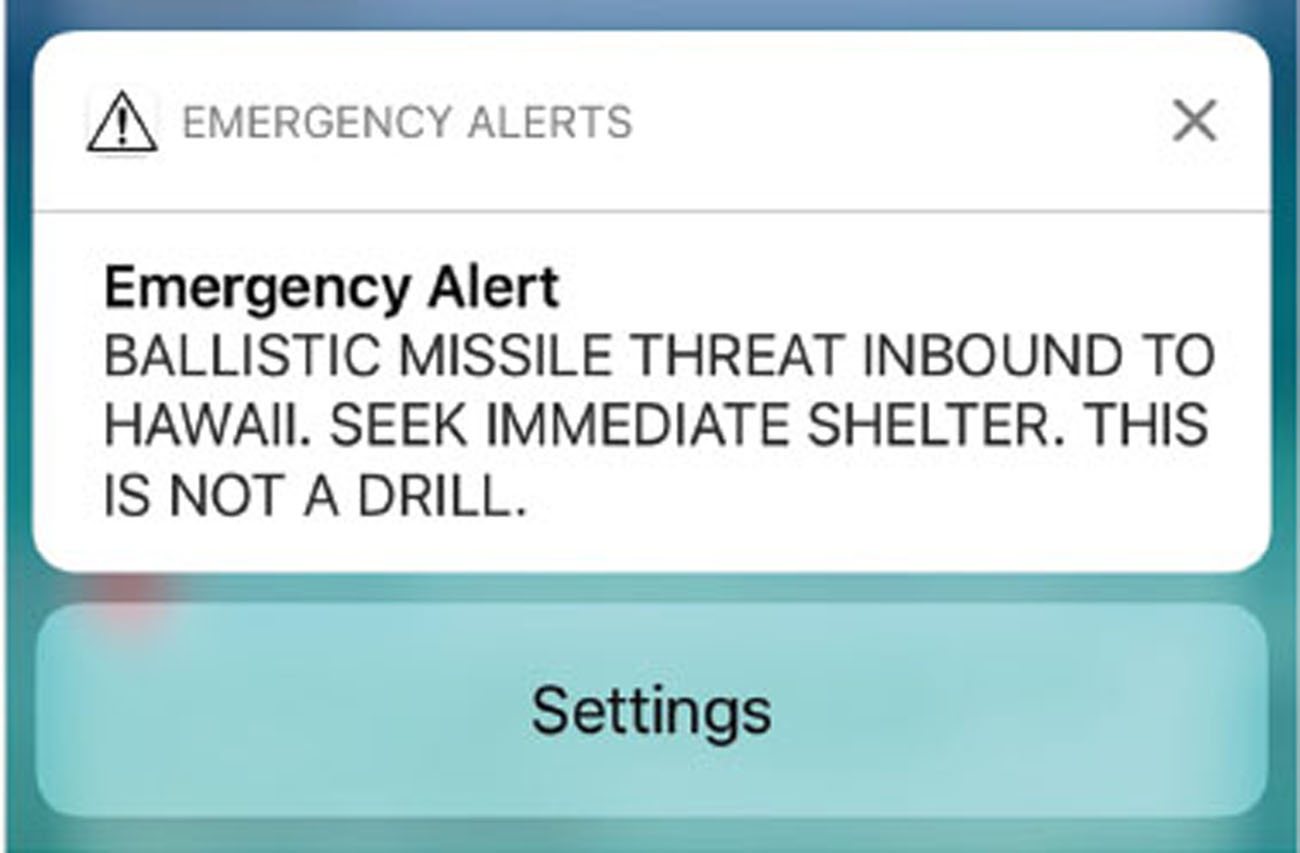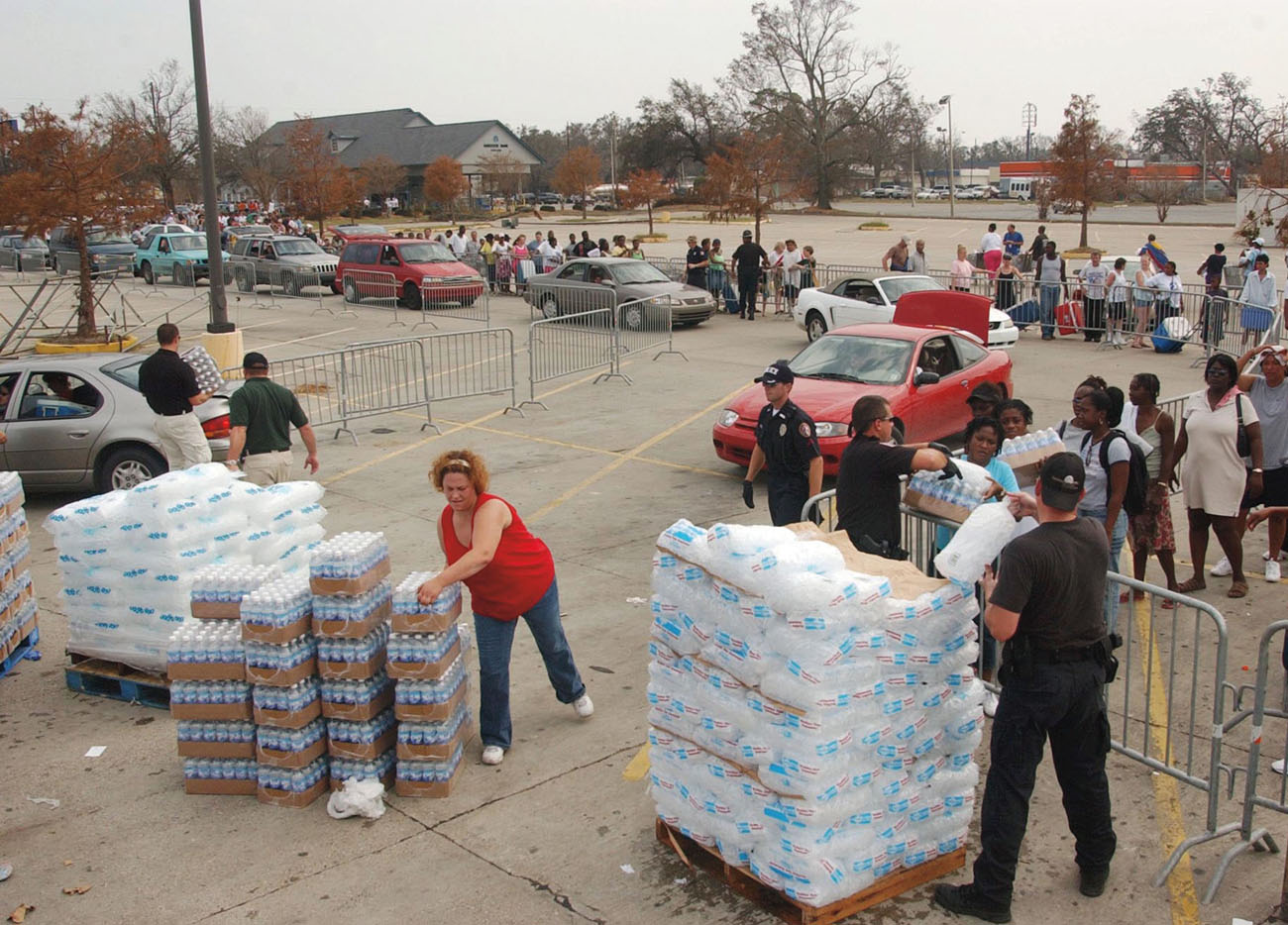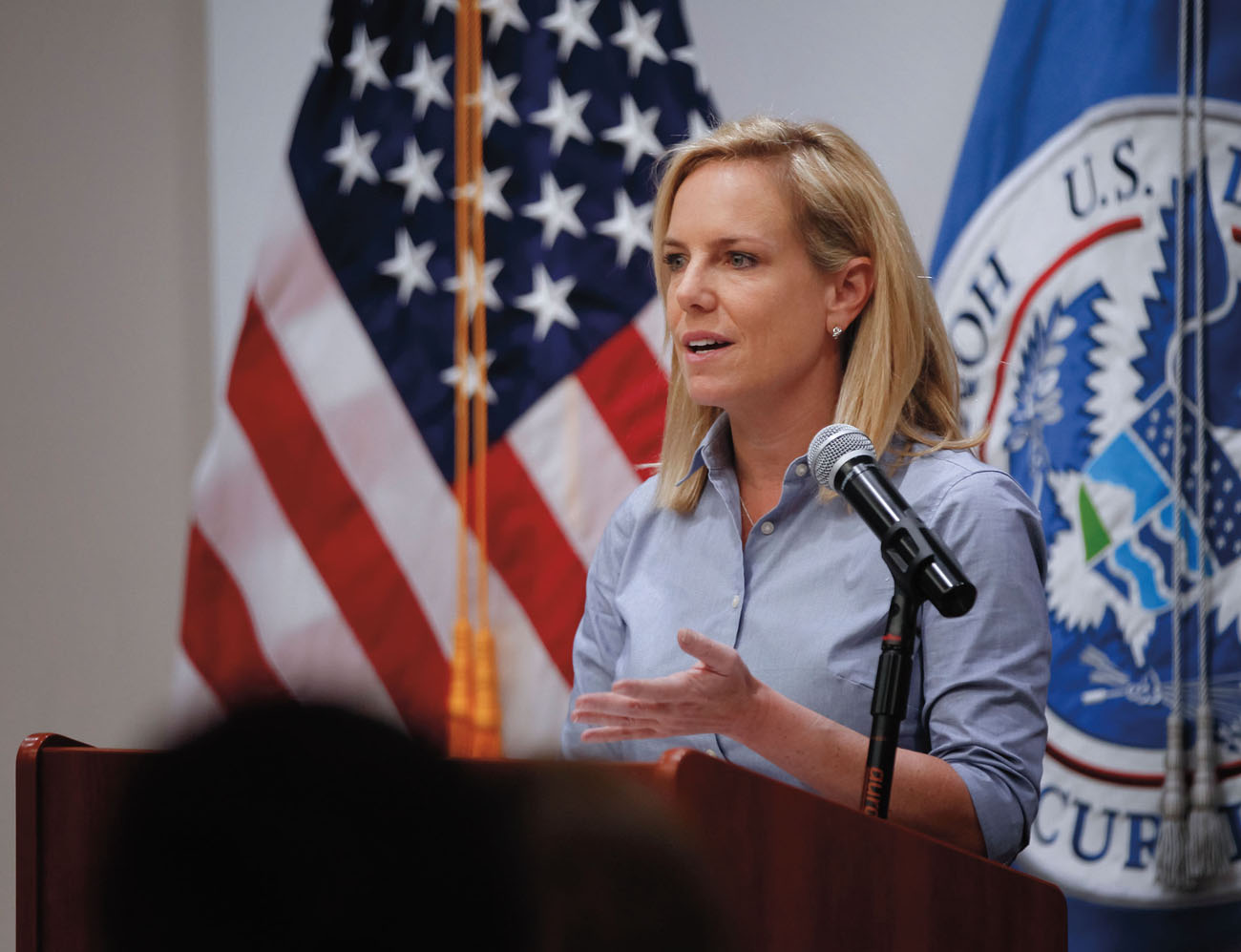CHAPTER ONE
Emergency Alert!
At 8:07 a.m. on January 13, 2018, an urgent alert went out to cellphones across Hawaii. This text message read, BALLISTIC MISSILE THREAT INBOUND TO HAWAII. SEEK IMMEDIATE SHELTER. THIS IS NOT A DRILL.
The state had been doing monthly drills for a situation like this. A nuclear attack was on peoples minds. U.S. Guam, Alaska, and Hawaii were the closest targets that North Korea could hit if it decided to attack the United States. It would take less than 30 minutes for a missile to reach Hawaii from North Korea. Hawaiian officials had warned residents to find shelter within 12 minutes of a missile alert.
Kim Jong Un has served as the leader of North Korea since 2011.
People panicked. Where could they take shelter from a nuclear missile? Some people were driving when they got the message. They parked their cars inside a highway tunnel through a mountain. State representative
Some families hid in their closets or basements. At Konawaena High School, the alert came during a wrestling championship. School officials moved everyone to the middle of the gym.
The threat terrified many people across the state, but it turned out to be a mistake. Thirty- eight minutes after it went out, Hawaiians received a new message stating that there was no threat. What happened? A warning officer at the Hawaii Emergency Management Agency misunderstood that the alert he was supposed to send out was a drill. He thought it was a real attack warning.
FEMA is the agency of the Department of Homeland Security tasked with helping people before, during, and after disasters.
While the alert that day in Hawaii was a false alarm, the system did what it was meant to do. What if a missile had been heading toward the state at that moment? That alert might have saved lives. This alert was a Civil Danger Warning, one kind of message that is sent out through the Integrated Public Alert and Warning System (IPAWS). This system quickly warns citizens of emergencies, such as missile threats or hurricanes, through messages on cellphones, radios, and televisions. States use this federal system to send out local emergency alerts to their residents. This system is acted out at the federal level in part by the Federal Emergency Management Agency (FEMA). FEMA is one of 22 agencies of the Department of Homeland Security (DHS).
Inside the Department of Homeland Security
The U.S. government is split into three branches: the executive, the judicial, and the legislative. The executive branch carries out and enforces laws. It includes the president, the vice president, the cabinet, and departments, along with other agencies, committees, commissions, and boards. The Department of Homeland Security is one of the 15 departments within the executive branch. It is the third largest of the group. The largest is the Department of Defense. The second largest is the Department of Veteran Affairs. Other departments in the government are the Department of Agriculture, Department of State, the Department of Education.
Currently at the head of the Department of Homeland Security is Secretary Kirstjen M. Nielsen. Nielsen is a former DHS employee. She was appointed to the top position by President Donald Trump and confirmed by the Senate. This is the procedure for all appointees. As the DHS secretary, Nielsen also sits on the cabinet, a group of advisors to the president. She leads 240,000 people in a department made up of 22 different components, from the U.S. Coast Guard to the Secret Service and the Transportation Security Administration. The departments goal is to keep the United States and its citizens safe from attack, threat, and disaster.
The 22 components of the Department of Homeland Security protect the United States in very different ways. The Office of the Secretary runs the Department of Homeland Security. Within it are 10 offices with various duties. One is the Office for Civil Rights and Civil Liberties, which works to preserve, defend, and promote civil rights and liberties in the United States. Another, the Office of the Citizenship and Immigration Services Ombudsman, focuses on improving citizenship and immigration services.
Several parts of DHS work to secure the borders from illegal flows of goods and people, including drugs, illegal immigration, human trafficking, and nuclear, and other kinds of weapons to harm people in the United States.
President Donald Trump appointed Kirstjen Nielsen secretary of DHS in 2017.
FEMA coordinates federal responses to different kinds of disasters that affect people in the United Statesfrom terrorist attacks to floods and hurricanes. Its biggest duty is to organize the delivery of food, water, emergency shelter, and other aid to disaster victims in need of help.
The Federal Law Enforcement Training Center (FLETC) operates federal training centers for people in law enforcement. Other offices provide technology and information to the heads of the department.
FLETCs mission is to train all those who protect the United States, including state, local, and tribal departments.
The Department of Homeland Security has five main security-focused missions. First, the DHS focuses on FEMA.
This vast departments responsibilities aim to protect the United States in a multitude of ways. Before DHS was founded, many of these responsibilities were undertaken by terrorist attacks of September 2001 solidified the urgent need for a Department of Homeland Security.
Organization Chart of the U.S. Department of Homeland Security
A Real Emergency Alert
What if a missile really had been heading toward immediately relay that information to the military and analysts would figure out what kind of missile was launched and where it was headed. Then the U.S. Northern Command, the part of the military responsible for protecting the homeland, would discuss the situation with U.S. Pacific Command and U.S. Strategic Command and decide on a response. The command groups would then contact FEMA and it would make a secure call to the Hawaiian Emergency Management Agency. The authorities there would send an emergency message back to FEMA and it would distribute the message through the Integrated Public Alert & Warning System (IPAWS). The alert would then instantly appear on all cellphones, digital billboards, road signs, televisions, and other notification systems in Hawaii.

